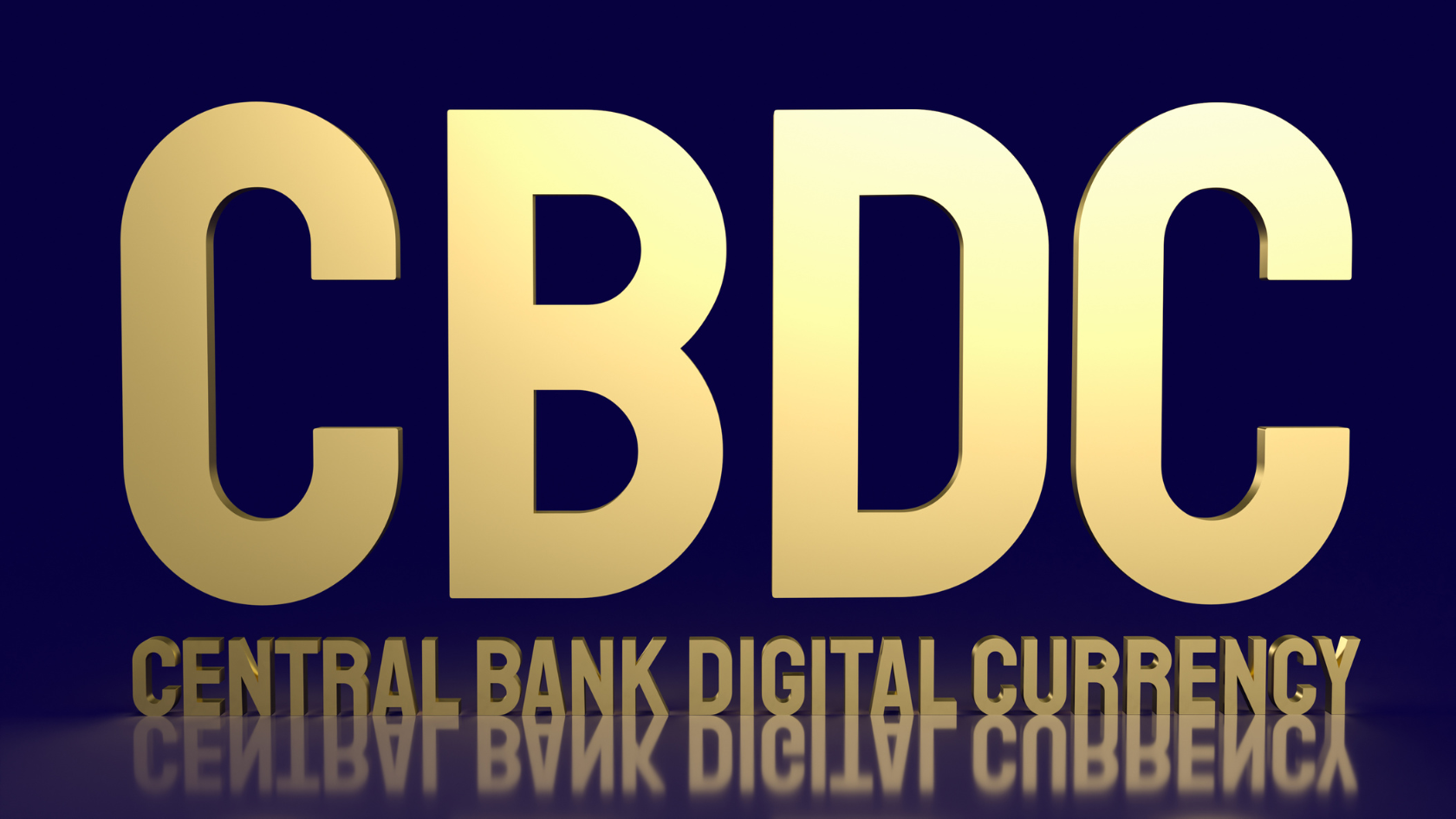The media landscape surrounding crypto is rife with price predictions, insider information that’s nothing more than FOMO-inducing speculation, and more. Unfortunately, as with any other financial asset, no crystal ball or fortune teller can accurately predict what’ll happen in the cryptocurrency world.
However, there is data that can be used to make more informed decisions about buying, selling, and holding cryptocurrencies. In this guide, we’re going to show you how to read crypto charts so that you can start incorporating them into your investment strategy.
The Two Main Types of Analyses
Generally, experts divide crypto analysis into two distinct categories: technical analysis and fundamental analysis.
Technical analysis relies on past price movements and trading volume data to try and predict future price action. Technical analysis believers are traders, short-term investors, and speculators that live and die by their charts. They rely on signals such as moving averages, support and resistance levels, and candlestick patterns to try and get an edge on the market.
On the other hand, fundamental analysis is a top-down approach that looks at the “bigger picture.” Fundamental analysis considers a crypto asset’s financials, development team, business partnerships, and overall market conditions. The goal of fundamental analysis is to find assets that are either undervalued or expected to experience significant growth in the future.
Often, fundamental analysis skews long-term, while technical analysis is more for shorter-term trades; however, both are potent tools savvy investors use in conjunction with one another.
What’s on a Crypto Chart?
A crypto chart is simply a graphical representation of data. Data in crypto charts can be anything from the price of a cryptocurrency to the number of transactions that have taken place on a blockchain. In most cases, crypto charts will track the price action of an asset over time.
In layperson’s terms, a price chart is what you see in movies when the stockbroker looks at a line going up and down on a computer screen. In the crypto world, these charts are the same, and they provide insights into price trends, support and resistance levels, and signals for when to buy or sell.
Types of Charts
To read crypto charts, you must first understand the different types of charts and the information each one is trying to convey. The most popular types of crypto charts are line charts and candlestick charts.
Line Charts
A line chart is the simplest type of chart, and it’s created by connecting a series of data points with a line. In the crypto world, line charts track price action over time, with each data point on a line chart representing the price of an asset at a specific period. So when prices go up, the line chart goes up, and when prices go down, the line chart goes down. It’s simple, straightforward, and is what most people envision when considering price charts.
Candlestick Charts
Candlestick charts are slightly more complex than line charts, but they provide more information about price action. In a candlestick chart, each data point represents a “candlestick.” A candlestick has a “body” (the thick part in the middle) and “wicks” (the thin lines on either side).
A candlestick’s body represents an asset’s opening and closing prices during a specific time period. For example, if we viewed Bitcoin price on the daily chart, each candlestick would represent the opening and closing prices of Bitcoin for that day. If we saw a price increase from $10,000 to $10,000, we’d see a thick green candlestick that starts at $10,000 and goes up to $11,000. Alternatively, the candlestick would be red if the price went from $11,000 to $10,000.
The wick of the candlestick is a little more complex. The upper wick represents the highest price reached during the period defined by the candlestick. The lower wick represents the lowest price reached during that period.
So, if we continued with our Bitcoin daily chart example, and the price of Bitcoin went from $10,000 to $12,000 mid-day and then back down to $11,000 by the end of the day, we would see a candlestick with a body representing the open at $10,000 and close at $11,000 — with a wick extending up to $12,000.
Beyond Price
The rabbit hole goes much deeper than just price. Experienced traders look at various data points when analyzing charts, including volume, relative strength index (RSI), moving averages, and more.
Let’s go over the most common technical terms.
Volume
Volume is the number of assets traded over a specific period. In crypto, this is generally represented as the number of coins traded over a particular period.
For example, if we looked at the volume of Bitcoin traded over the past 24 hours and saw that $30 billion in bitcoin had been traded, we would say that the volume was 30 billion.
Crypto exchanges, price data providers, and charting platforms will all have different ways of calculating volume. Generally, you can expect the volume to be accurate across all platforms, but there may be slight differences.
Volume is an important metric because it can be used to validate price movements. For example, if the price of an asset goes up by $100 but the volume only increases by slightly, that could indicate that the price movement wasn’t supported by enough buyers and may be reversed. Alternatively, if the price of an asset goes up by $100 and the volume increases considerably, that’s a bullish signal indicating that many buyers are supporting the move.
Volume justifies downward price action as well. If the price of an asset falls by $100, but the volume only increases slightly, it’s likely that the move down wasn’t justified, and the price may move back up. However, if the price falls by $100 and the volume increases considerably, that’s a bearish signal indicating that sellers support the move.
Relative Strength Index (RSI)
The relative strength index (RSI) is a momentum indicator that measures the magnitude of recent price changes to analyze overbought or oversold conditions. It’s a popular indicator among traders because it’s easy to use and understand.
RSI calculations vary depending on the period analyzed but always range from 0 to 100. Generally, if the RSI is above 70, that’s considered overbought territory; if it’s below 30, that’s oversold territory.
Remember that RSI is a lagging indicator, meaning it doesn’t predict future price movements but confirms them. Lagging indicators are based on past data, so the move may have already happened by the time they signal that an asset is overbought or oversold. Still, RSI can be a helpful tool for identifying potential tops and bottoms in a given period.
Moving Averages
A moving average (MA) is a smooth curve to identify trends. Traders calculate moving averages by taking the average price of an asset over a specific period. For example, if we wanted to calculate a 50-day moving average for Bitcoin, we would take the average price of Bitcoin over the past 50 days.
There are different moving averages, including simple, exponential, and weighted. However, the most common moving averages used in trading are the 10-day, 20-day, 50-day, 100-day, and 200-day moving averages.
Like RSI, moving averages are lagging indicators based on past data and therefore don’t predict future price movements. That said, they can still help identify potential trends.
For example, if the price of an asset is trading above its moving averages, that’s generally considered bullish territory. Alternatively, if the price is trading below its moving averages, that’s usually regarded as bearish territory.
Traders consider the 200-day moving average particularly important because it represents long-term, overall sentiment in the broad market.
Moving Average Convergence Divergence (MACD)
The moving average convergence divergence (MACD) is a momentum indicator that shows the relationship between two moving averages. To calculate the MACD, traders take the difference between a 26-day exponential moving average (EMA) and a 12-day EMA. They then plot this difference as a line referred to as the MACD line.
Patterns
Technical analysis fans often look for patterns in candlestick charting because they can provide insights into future price movements. Common patterns include head and shoulders, double tops and bottoms, and triangles. While some find patterns no more helpful than astrological predictions, others swear by them.
Head and Shoulders Pattern
The head and shoulders pattern is considered a bearish reversal pattern, meaning it signals that an asset’s price will fall after an uptrend. Traders determine a head and shoulders pattern by looking for a peak followed by a higher peak and then a third peak close to the first, resembling a human head and shoulders. The “neckline” is created by drawing a line connecting the lowest points of the two troughs, and when the price falls below this line, it signals a potential sell-off.
Double Tops and Bottoms Pattern
The double top and bottom patterns are reversal patterns that signal a potential change in direction after an asset has been in an uptrend or downtrend. Traders view double tops as bearish reversals and double bottoms as bullish reversals.
To identify a double top, look for one peak in price, then a trough, and finally, a second pe’s roughly equal to the first. Then, look for a trough in between the two peaks. This pattern is complete when the price falls below the trough.
To identify a double bottom, look for a base, then a peak, and finally a second bottom roughly equal to the first. Once the price rises above the peak between the two bottoms, the pattern is complete, indicating a bullish reversal pattern.
Triangle Patterns
The triangle pattern is a continuation pattern that signals a potential change in direction after an asset has been in an uptrend or downtrend. There are ascending triangles, generally considered bullish, and descending triangles, generally regarded as bearish.
To identify an ascending triangle, look for a flat top and an upward-sloping bottom. This indicates that while sellers are still willing to step in and push the price down, they’re doing so at a lower and lower level, meaning that bulls are gaining strength. Once the price breaks above the flat top, it signals a potential change in direction.
To identify a descending triangle, look for a flat bottom and a downward-sloping top. This indicates that while buyers are still stepping in and pushing the price up, they’re doing so at a lower and lower level, meaning that bears are gaining strength. Once the price breaks below the flat bottom, it signals a potential change in direction.
Essential Tips To Keep in Mind
No matter what indicators or patterns you use when reading crypto charts, there are a few essential tips to keep in mind that will help you make more informed decisions.
- Indicators are tools, not gospel — Just because an indicator or pattern signals that a specific price movement is about to happen doesn’t mean it will happen. Indicators and patterns are intended to give you an idea of what might happen, not a gospel that always tells you what will happen.
- Consider the market context — When looking at any indicator or pattern, it’s essential to consider the market context. For example, a head and shoulders pattern might be more significant if it forms after an extended uptrend than if it starts after a short uptrend.
- Use multiple indicators — Don’t rely on just one indicator or pattern to make decisions. Instead, use multiple indicators and ways to give you a better idea of what’s happening in the market.
- Have a plan — Before you make any trade, make sure you have a plan. Know your goals, what you’re willing to risk, and what you’ll do if your trade doesn’t go the way you want it to.
- Luck — Sometimes, luck will play a role in your trades, no matter how hard you try. Don’t get too caught up in the details, and don’t beat yourself up if a trade doesn’t go your way. Just remember that luck is part of trading with good trades and bad trades trading favor like the wind.
Still Confused About Crypto Charts?
Using technical analysis to reach crypto charts can be confusing, especially if you’re starting out. If you still have trouble understanding how to read crypto charts, don’t worry — you’re not alone.
One of the best ways to learn is to soak up as much information as possible. An easy way to do this is through American Crypto Academy.
American Crypto Academy is run by a team of experts, and we’re dedicated to making cryptocurrency and the blockchain easy, with educational resources and professional programs taught by carefully chosen industry professionals.
Check out our blog or check out our other community resources to learn more.
Sources:
Line Chart: Definition, Types, Examples, How To Make in Excel | Investopedia
Candlestick Charting For Dummies Cheat Sheet | Dummies
Trading Volume as a Market Indicator | Charles Schwab
Relative Strength Index (RSI) Indicator Explained With Formula | Investopedia
Moving Average (MA): Purpose, Uses, Formula, and Examples | Investopedia
What Is MACD? – Moving Average Convergence/Divergence | Fidelity
Head and Shoulders Pattern – Technical Analysis | Corporate Finance Institute
Double Top and Bottom Patterns Defined, Plus How to Use Them | Investopedia
Triangle Patterns – Technical Analysis | Corporate Finance Institute





